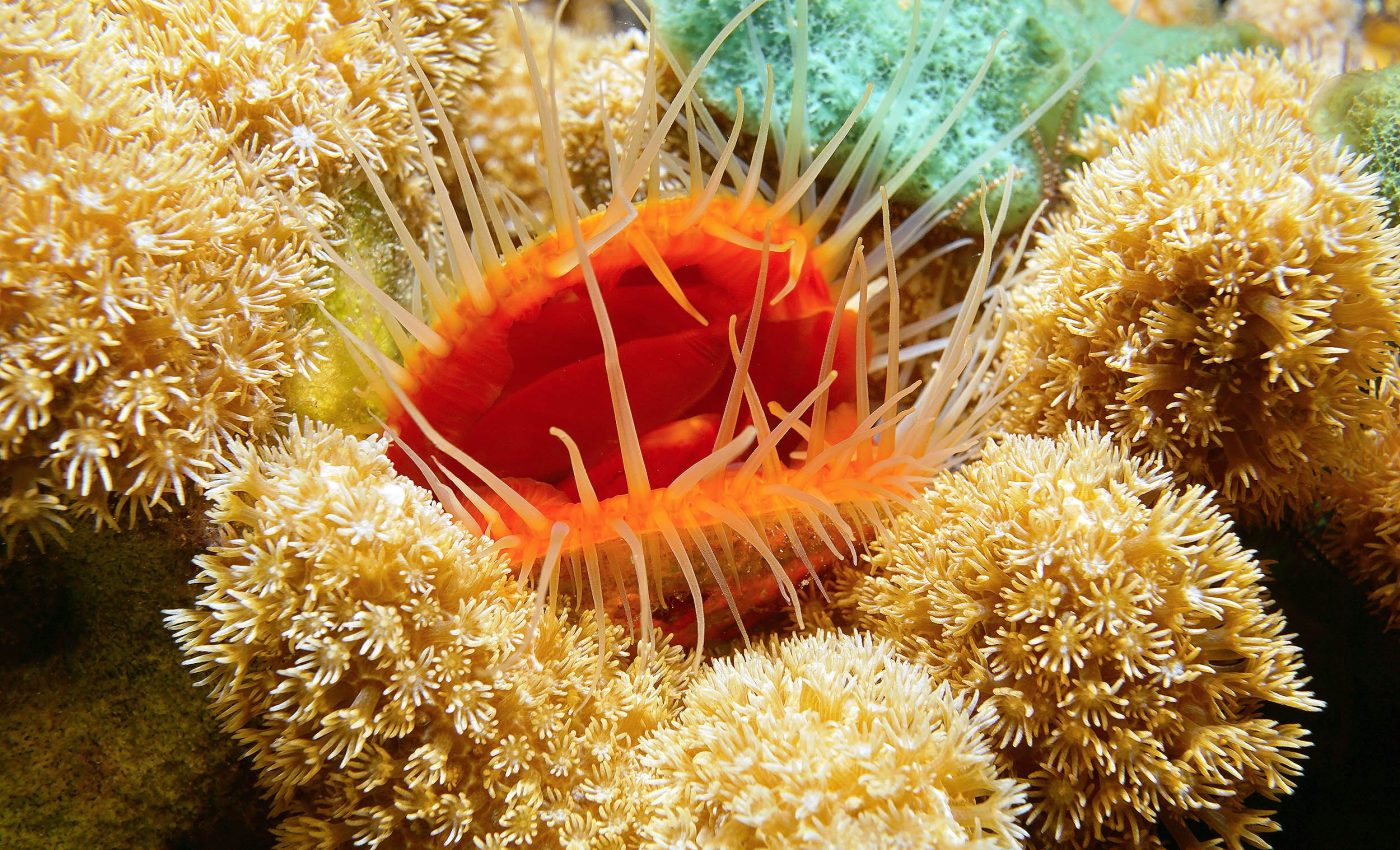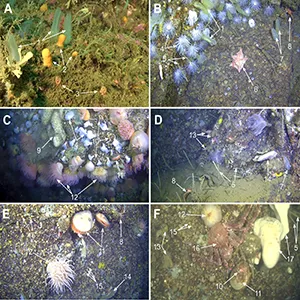
26-year study proves marine trawling restrictions actually work, bringing life back to the seas
Beneath the calm surface of Sweden’s Koster Sea lies a chronicle of marine life resilience and adaptation. Marine organisms here have endured years of human disturbance and environmental stress from destructive bottom trawling.
Now, thanks to trawling restrictions, the ocean floor is slowly healing.
A study from the University of Gothenburg, combining 26 years of underwater footage with artificial intelligence, reveals both recovery from bottom trawling and new long-term risk from warming waters in this underwater world.
Understanding marine trawling
Ocean bottom trawling is a type of fishing where large, heavy nets are dragged across the seafloor to catch fish, shrimp, and other sea life that live near the bottom.
The nets can be as wide as a football field and are weighted down with steel rollers or chains so they can scrape along the ocean floor.
Bottom trawling is a very destructive process, to say the least. Along with the target species fishermen hope to catch, the nets also scoop up many other animals that aren’t wanted, which often end up dying and being thrown away.
The biggest concern with bottom trawling is the damage it causes to marine habitats.
Coral reefs, sponges, and seagrass beds – structures that took hundreds or even thousands of years to form – can be destroyed in just minutes when heavy nets crush them.
Imagine running a bulldozer through a forest to catch squirrels; you’d get the squirrels, but you’d also destroy the trees, flowers, and other animals’ homes. That’s essentially what happens underwater when trawls scrape across the seafloor.
Marine life resilience
When trawling ceased, clouds of sediment no longer suffocated filter feeders. Corals, anemones, and sponges began returning to the rocky slopes.
“Animals that capture nutrients through filtration, such as mussels, anemones and soft corals, do not thrive when bottom trawls stir up sediment from the seabed. Several of these species have recovered significantly,” said researcher Matthias Obst.
Yet, not every species benefited. The football sponge (Geodia barretti) and the excavated fileclam (Acesta excavata) – vital architects of the seafloor ecosystem – have declined at shallow depths.
This ecosystem once supported communities of shrimp, worms, and smaller filter feeders, along with the football sponge and fileclam.
The web of interactions between these species maintained ecological balance. The decline of the sponge and fileclam signals that warming waters may now outweigh the gains from protection.
Before and after marine trawling
The study’s foundation rested on an unexpected archive. Decades of underwater videos, once stored on thick hard drives at the Tjärnö Marine Laboratory, became the key to unlocking long-term trends.
“We are lucky that the underwater photographers at the Tjärnö Marine Laboratory chose to keep this data until now, when we can use machines to go through it,” said Obst.
Master’s student Christian Nilsson trained a convolutional neural network to detect 17 marine species in these videos. The AI model then processed more than 4.4 million images within hours using Sweden’s National Academic Infrastructure for Supercomputers.
Deep learning allowed researchers to quantify subtle ecological changes, mapping population shifts that occurred as water temperatures rose and fishing pressures eased.

Marine life adapting differently
By merging AI results with oceanographic records, scientists could see patterns that were invisible to human eyes.
“We now have a good timeline showing how the 17 species have increased and decreased over the 26 years covered by the data, but also how they have responded to increasingly warmer water temperatures,” explained Obst.
Species such as the plumose anemone (Metridium senile) increased in abundance, showing remarkable resilience to rising temperatures and shifting ocean chemistry. Their growth in warmer zones reflects the adaptability of some filter feeders under environmental stress.
In contrast, some cold-water specialists that were once dominant in shallower regions have migrated to deeper, cooler habitats. Others have disappeared altogether, unable to tolerate rapid thermal changes.
The analysis confirmed that the seafloor ecosystem structure is now shaped by an intricate interplay between temperature rise, habitat disturbance, and biological competition.
This reveals how climate and human activity can jointly redefine the dynamics of life beneath the sea.
Linking ecology and climate
The findings tie local changes to global trends. As seas warm, metabolic rates in marine species shift, altering competition and feeding patterns.
This imbalance can transform community composition, even in protected zones. The researchers emphasize that while trawling restrictions offer recovery opportunities, climate change introduces a persistent stressor that cannot be locally managed.
The Digital Twin of the Ocean initiative aims to model such interactions at scale. By feeding AI-derived species data into ocean models, scientists can predict future biodiversity scenarios under different warming conditions.
These simulations may help conservationists design adaptive protection plans, such as deeper refuges for heat-sensitive species.
Lessons from digital oceans
According to Obst, there are some organisms that may not be saved by protective measures in the national park.
“Rising temperatures in the Koster Sea are driven by climate change, which is difficult to stop,” noted Obst. “For these species, it may be appropriate to find new areas with deeper water where these species can find refuge.”
The study blends history, technology, and ecology into one evolving narrative that bridges the past and future. It illustrates how human intervention, through conservation and innovation, can mend what once seemed lost.
Yet, it also warns that recovery has limits without coordinated global action. Warming seas continue to challenge even the most carefully protected ecosystems, proving that local efforts alone cannot secure long-term survival.
The Koster Sea’s story remains both hopeful and cautionary, echoing the delicate balance between resilience and vulnerability in marine life.
Protecting nature and marine life begins with understanding its rhythms, respecting its thresholds, and committing collectively to its preservation.
The study is published in the journal Ecology and Evolution.
—–
Like what you read? Subscribe to our newsletter for engaging articles, exclusive content, and the latest updates.
Check us out on EarthSnap, a free app brought to you by Eric Ralls and Earth.com.
—–













